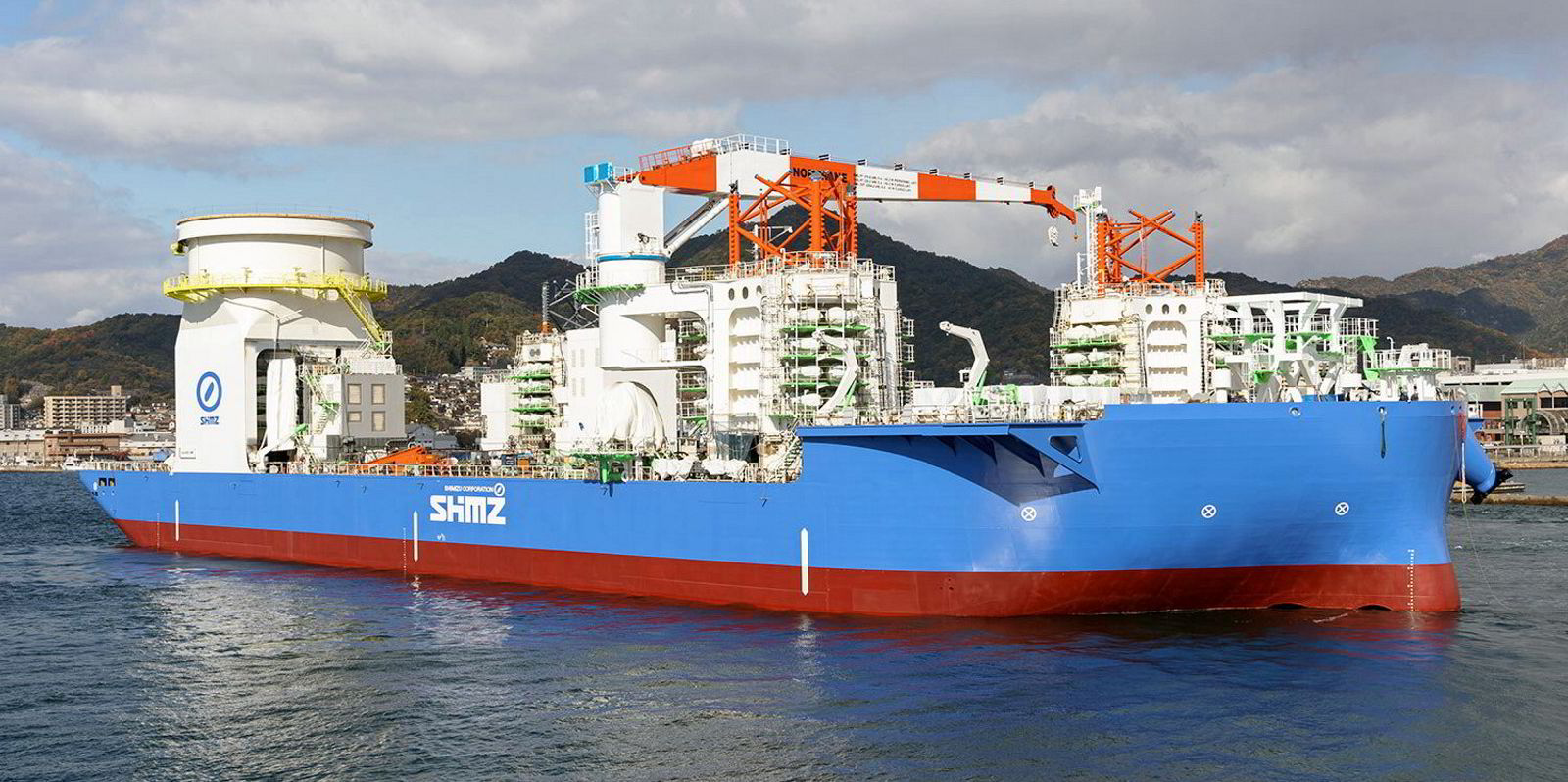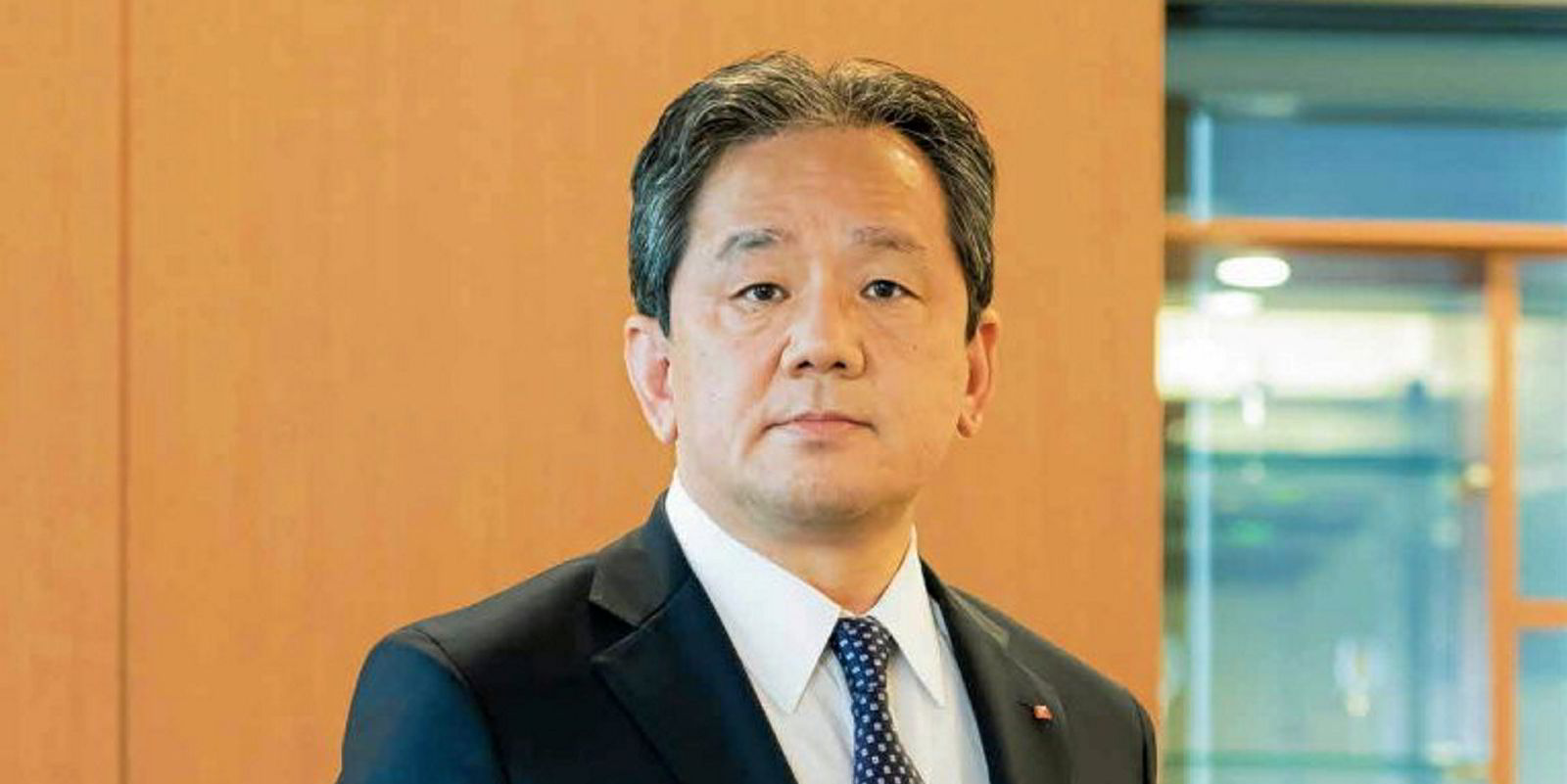Singapore’s Marco Polo Marine (MPM) is teaming up with shipowning giant K Line to target Japan’s burgeoning offshore wind market.
The two companies said they plan to own and operate suitable offshore support vessels targeting customers in this sector.
“As Japan unlocks the potential of its offshore wind as a reliable source of energy, we believe the market can become a key revenue-driver for Marco Polo Marine,” said MPM chief executive Sean Lee.
“With K Line as our strategic partner, we intend to pool together our expertise in vessel management and leverage on their deep knowledge of the Japanese market to support the pipeline of offshore wind projects in the region.”
K Line Wind Service was set up in June 2021 as a joint venture between K Line and Kawasaki Kinkai for the purpose of providing marine-related services for offshore wind power business.
Japan has vast offshore wind potential, according to the Global Wind Energy Council (GWEC). However, the country is coming late to the party and has been leaning heavily on technical and commercial experience from abroad.
To encourage development in the sector, the Japanese government has put forth a target to achieve 10 GW of offshore wind by 2030 and 30 GW to 45 GW by 2040.
The agreement with K Line marks MPM’s successful entry into another major offshore wind market in Asia, in addition to Taiwan.
The Singapore-listed company completed the acquisition of PKR Offshore, an established Taiwan-based wind vessel operator, in May this year.
MPM also commissioned the development of a new commissioning service operation vessel, or CSOV, at their Batam shipyard in Indonesia in early September.
Leveraging on its offshore wind track record in Taiwan, MPM said it has been “actively identifying suitable partners in new markets to expand its reach, while drawing on the expertise of well-established regional players”.
MPM recently reported a near 20% jump in second-half net profit on the back of a major improvement in the offshore markets.
The company posted first-half net income of SGD 10.5m ($7.6m) for the six-month period, while revenue for the second half of the year more than doubled to SGD 58.5m.





